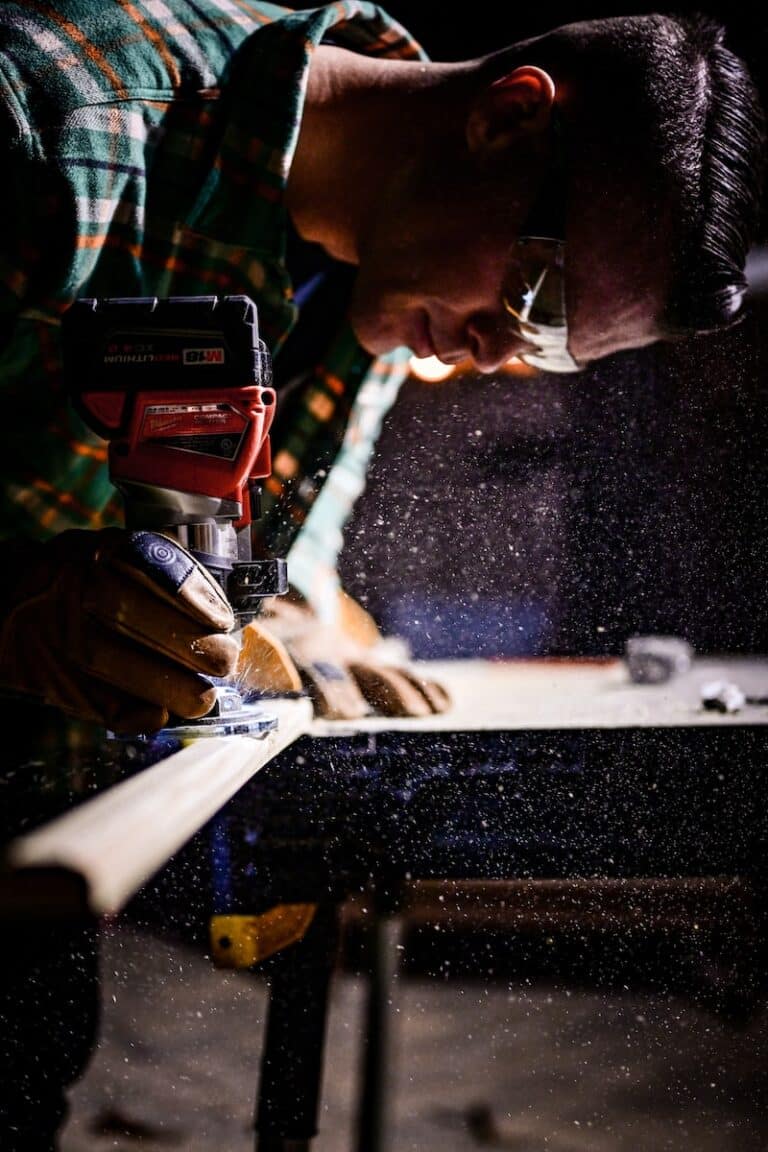No matter the reason for moving to the size of the place you’re leaving, relocation is complicated, emotional, and time-consuming. Here are five tips for developing a strategy to make your next move easier.
1. How Did Prior Moves Go?
If you have ever tried to move house before, think back over that experience. What went well? What went terribly? Before packing anything, think about what you want to do differently or what made the last move go right. Put together a list of goals or reminders about these topics.
If this is your first major move, talk to friends and family about their experiences. You might have to wade through a lot of advice, but most everyone has encountered moving problems. Their advice could spare you the same experience.
2. Decide What You Can Move Yourself and What You Need Help With.
Whether or not you’re hiring movers, take some time to decide what sections of the packing and moving you can take care of on your own and what big-ticket items you’ll need help with. With furniture that’s particularly large and heavy–like pianos, large tables, or substantial couches–it’s best to hire experienced movers, especially if you have to get them through tight spaces.
Once you’ve figured out what you can do on your own–do it before the help arrives. You don’t want to make movers or helpful friends wait around while you scramble to stuff things into boxes.
3. What Objects Can You Move Inside of Other Objects?
Rather than spending a fortune on packing materials and using hundreds of boxes, consider what items you can pack inside of other items. Some classic ideas are wrapping breakables in socks or T-shirts; packing small, breakable items inside of pots, packing plates vertically instead of horizontally, packing any baskets or laundry bins like boxes, and covering full drawers with plastic wrap instead of putting the contents into boxes. This last tip not only lets you keep the drawers’ contents in tack, but it reduces the weight of large pieces of furniture.
4. Make Lists of Your Possessions and What Rooms They’ll Go In.
Keeping detailed lists pays off when you’re moving. Lists help you find things in your new home, confirm that nothing got lost in the move, and cut down on unpacking time. At the least, you should make sure that you have a record of the number of boxes and pieces of furniture you’re moving. This ensures that nothing gets lost.
Detailed lists of what items are in each box help you locate specific items after the move. This is particularly useful if you know there are a number of things you’ll need shortly after moving, like cleaning supplies, bedding, a child’s toys, or dishware.
One way to streamline these lists is to number your boxes and keep a corresponding list of each one’s contents and destination.
5. Pack the Items You’ll Need First Where You Can Find Them.
Pack an overnight bag with the essentials: toiletries, a change of clothes, technology and charges, snacks, your wallet, etc. But also pack one box full of things you know you’ll need during those first hectic days in your new place: a box knife, some dishware, trash bags and cleaning supplies, power strips, etc. Make sure this box is clearly marked and looks different from your other moving boxes. You want to be able to find it right away.



